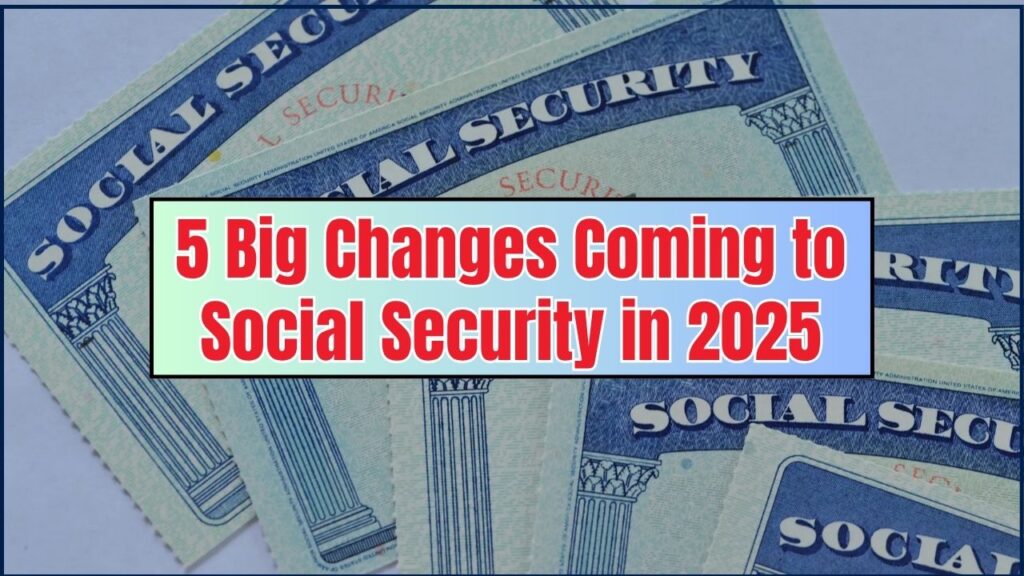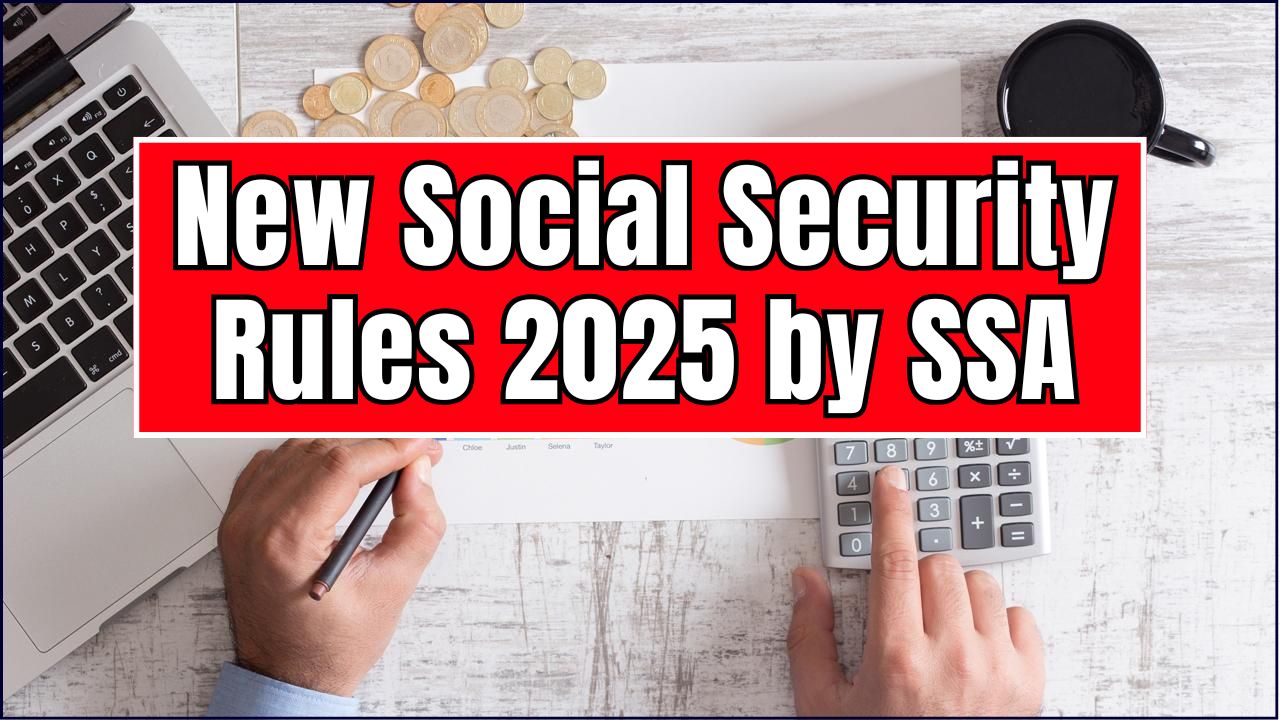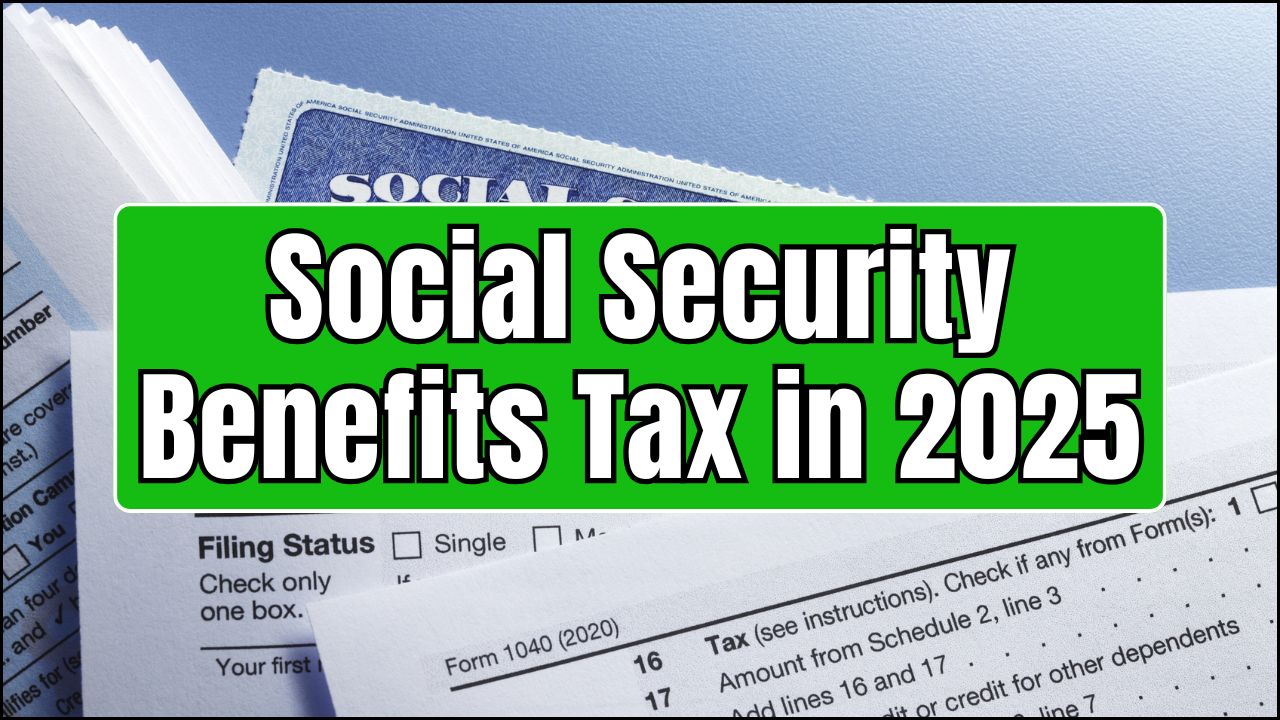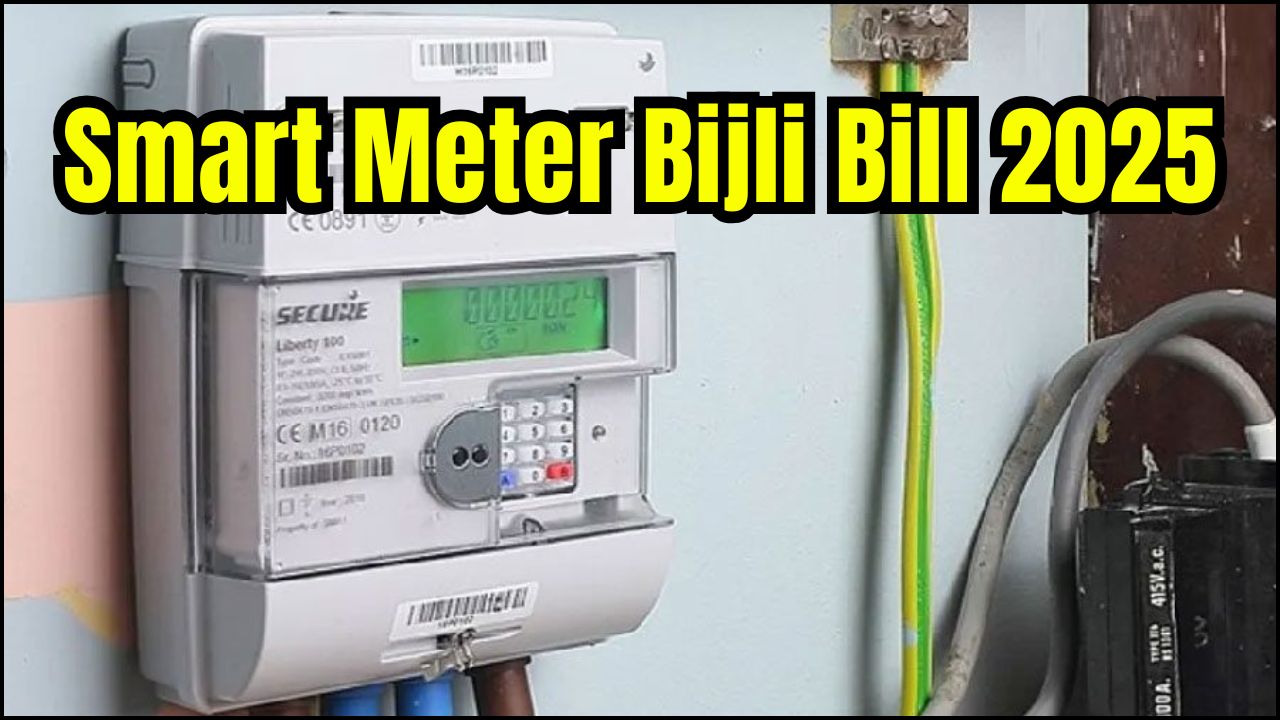
Social Security is a cornerstone of financial security for millions of Americans, especially seniors and people with disabilities. Every year, changes are made to adjust payments and eligibility to better serve beneficiaries, and 2025 is no exception. With a 2.5% Cost-of-Living Adjustment (COLA) increase, changes in Supplemental Security Income (SSI), Social Security Disability Insurance (SSDI), and the shift to digital-only payments, Social Security recipients will see notable adjustments. Let’s dive into these changes and explain what they mean for you.
5 Big Changes Coming to Social Security in 2025
| Change | Details | Impact |
|---|---|---|
| COLA Increase | 2.5% increase for 2025 | Higher benefits for most Social Security and SSI recipients |
| SSI Payment Increase | Maximum monthly payment of $967 for individuals, $1,450 for couples | Higher benefits for those with limited income and resources |
| SSDI & Retirement Benefits | 2.5% increase in monthly benefits | Enhanced financial support for SSDI recipients and retirees |
| Digital Payment Transition | Move to digital payments by September 2025 | Faster, more secure payments through direct deposit or prepaid cards |
| Social Security Fairness Act | Repeal of WEP and GPO provisions | Fairer benefit calculations for government workers with pensions |
The changes to Social Security in 2025 are more than just numbers—they’re a lifeline for millions of Americans. With COLA increases, higher SSI payments, the transition to digital payments, and the repeal of unfair provisions like WEP and GPO, these updates will help beneficiaries better navigate the challenges of inflation and fixed incomes. Stay informed, stay prepared, and take the necessary steps to ensure that you’re maximizing the benefits that Social Security offers.
1. COLA Increase: What Does It Mean for You?
In 2025, Social Security recipients will see a 2.5% increase in their benefits. This adjustment is part of the Cost-of-Living Adjustment (COLA), which is tied to the Consumer Price Index for Urban Wage Earners and Clerical Workers (CPI-W), a measure of inflation. The primary purpose of COLA is to help Social Security benefits keep up with the increasing costs of everyday goods and services, ensuring that beneficiaries don’t lose purchasing power due to inflation.

Why Does COLA Matter?
The COLA increase may not seem massive, but it plays a critical role in helping those who rely on Social Security to maintain their standard of living. For instance, over the past decade, COLA increases have ranged from as low as 0% to as high as 3.6%. In 2025, 2.5% represents a moderate increase, which is a welcome relief for those who face rising living costs.
Example: Real Impact
Imagine you’re an elderly person on Social Security and currently receive $1,200 per month. With the 2.5% COLA increase, your payment will go up by $30, giving you $1,230 a month. While this may not feel like much, it can go a long way toward covering rising grocery or medical expenses.
2. SSI Payment Increase: More Support for Low-Income Americans
The Supplemental Security Income (SSI) program is designed for people who have very limited income and resources. This program benefits elderly, blind, and disabled individuals, providing them with a financial safety net. In 2025, SSI recipients will benefit from the same 2.5% COLA increase.

- Individuals: The maximum monthly SSI payment will increase to $967.
- Couples: The maximum monthly SSI payment for couples will rise to $1,450.
- Essential Person: For those who provide essential services to SSI recipients, the payment will be $484.
The Bigger Picture
SSI is a lifeline for people who are most vulnerable in our society. By raising these payments, the government ensures that those living with disabilities or on fixed incomes have a better chance of making ends meet. Even small increases in SSI benefits can significantly improve the quality of life for many.
3. SSDI & Retirement Benefits: A Boost for Disabled Workers and Retirees
In 2025, SSDI and Social Security retirement benefits will also see a 2.5% COLA increase. SSDI provides financial assistance to individuals who cannot work due to disability, while Social Security retirement benefits provide income for individuals after they retire.
- Retired workers will see an increase from an average monthly benefit of $1,927 to $1,976.
- Couples where both spouses are retired will see their combined benefits rise from $3,014 to $3,089.
Example for SSDI Recipients
If you are receiving $1,500 per month from SSDI, the 2.5% COLA will add an additional $37.50 to your payment. This brings your new monthly benefit to $1,537.50. It may seem like a small increase, but for many, every extra dollar counts toward covering rising living expenses.
4. The Transition to Digital Payments: What You Need to Know
In a major shift, all federal benefit payments, including Social Security, will be made through digital formats like direct deposit or prepaid cards by September 2025. This transition is designed to make payments more secure, reliable, and efficient.
Why is This Happening?
Digital payments have several advantages over paper checks: they’re faster, less prone to theft, and easier to track. This shift is particularly important in the age of online banking and digital transactions. The U.S. Treasury Department is urging beneficiaries to sign up for direct deposit or a prepaid card to avoid delays or issues with paper check delivery.
Action Steps
If you’re currently receiving paper checks, you will need to switch to an electronic payment method by September 30, 2025. You can learn how to set up direct deposit or prepaid cards on the SSA’s Payment Information Page.
5. The Social Security Fairness Act: A Win for Many Retirees
The Social Security Fairness Act is a crucial piece of legislation signed into law in December 2024. This law repeals the Windfall Elimination Provision (WEP) and Government Pension Offset (GPO), which were designed to reduce benefits for people who worked in government jobs where they didn’t pay into Social Security.
How Does This Benefit You?
If you worked in a non-Social Security-covered government job and are entitled to Social Security benefits based on other work, the WEP and GPO provisions could have unfairly reduced your benefits. The new law will eliminate these reductions, ensuring that millions of retirees and their families receive the full Social Security benefits they deserve.
2024 vs. 2025 Social Security Snapshot
Let’s see how some key Social Security figures are changing from 2024 to 2025:
| Feature | 2024 | 2025 | What it Means for You |
| COLA Increase | 3.2% | 2.5% | Your benefits will still increase, but at a slightly lower rate than last year. |
| Full Retirement Age (FRA) | Varies by birth year (e.g., 66 and 8 months for 1958) | Varies by birth year (e.g., 66 and 10 months for 1959, 67 for 1960 and later) | You might need to work slightly longer to receive your full benefits, depending on your birth year. |
| Taxable Earnings Cap | $168,600 | $176,100 | Higher earners will pay Social Security taxes on more of their income. |
| SSI Individual Max | $943/month (Federal) | $967/month (Federal) | A slight increase in the maximum federal SSI payment. |
| SSDI Non-Blind SGA | $1,550/month | $1,620/month | If you’re receiving SSDI and able to work, you can earn a bit more before it’s considered “substantial gainful activity.” |
FAQs
1. What is COLA, and why is it important?
COLA (Cost-of-Living Adjustment) helps Social Security benefits keep up with inflation. It’s important because it ensures that beneficiaries don’t lose purchasing power due to the rising cost of goods and services.
2. When will the 2025 COLA increase take effect?
The 2025 COLA increase will take effect on January 1, 2025, for Social Security recipients, and December 31, 2024, for SSI recipients.
3. Do I need to do anything for the digital payment change?
Yes, if you’re receiving paper checks, you will need to switch to direct deposit or another form of electronic payment by September 30, 2025.
4. How does the Social Security Fairness Act help retirees?
The Social Security Fairness Act eliminates penalties that reduced Social Security benefits for retirees with government pensions, allowing them to receive the full benefits they’ve earned.









